I always see this question come up on model related spaces. Can you paint a gundam/tank/ect with acrylic craft paints? It’s a valid question, and one that almost always gets answered completely wrong.
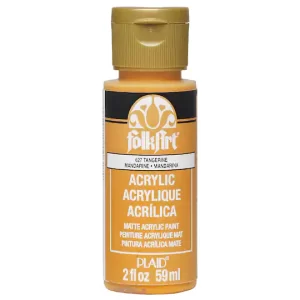
Why would you want to even use acrylic craft paints anyway? There are plenty of reasons. The first is that they’re extremely cheap and economical compared to everything else. For anywhere between .50 cents to $1.50 you can get 59 milliliters of paint that, once thinned, probably gets to around 100+ml. A typical bottle of Vallejo is 17ml for usually $2-5. The similar Acrysion brand from GSI Creos is more or less the same price as Vallejo depending on where you shop.
Craft acrylics are also easily accessible. They’re sold in every big box store that sells crafts meaning that even in a small town with no dedicated hobby stores, you can buy craft paints in a pinch. That also means that if you want some paint quick, and don’t feel like waiting 2 weeks for a box to get shipped out, you’ve got an alternative.
Craft paint’s (like all “true acrylics”) are also extremely gentle on delicate plastics. I’ve heard anecdotal accounts that kits from Kotobukiya don’t react well to lacquer paints. This may or may not be true, but if you’re working with delicate and expensive kits, or building a diorama with any sort of foam, you don’t have to worry about anything melting or turning to dust.
Lastly, there are tons and tons of colors available for craft paints. You will rarely need to mix paints to get the color you need. In the case that you don’t see the particular color or shade you need, craft paints are so cheap that you can mix them with worrying about wasting them.
So, why do so many modelers say you can’t use them for model kits? Well, there are a few reasons. First, even when used right, they can be fragile if you don’t put enough top coat on them. Likewise, they can gunk up an airbrush if you don’t thin them right and clean up good enough. Most of these issues can be fixed. The main one though, is that if you’re airbrushing and you aren’t in any particular hurry, acrylics from Tamiya and GSI are way easier to work with, and lacquer paint opens up a whole new world in terms of durability. If you’re planing to work with kits that you plan on posing a lot, you may want something sturdier.
However, many older Gundam kits don’t have tons of articulation. Some of the first few years of HGUC have enough articulation, but they aren’t going to be doing the dynamic poses that newer kits can do. Hence, you don’t really have to worry about the paint being durable enough the withstand joints rubbing and bumping around. They’re especially fine for miniatures and so on.
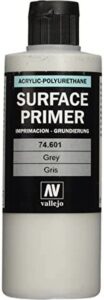
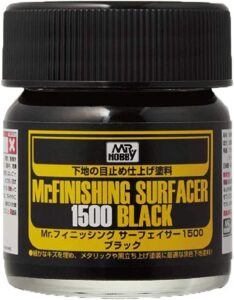
So, how do you use them? Let’s talk about primer first. I generally use Vallejo Acrylic Polyurethane Primer, and Mr. Surfacer. Both work well, but I’ve found that the Vallejo primer seems to really work great with solvent based acrylics like Tamiya and Aqueous (not to be confused with the true acrylic Acrysion brand). Likewise, I’ve found that the craft paints feel more durable over lacquer based primers. Either way, you have to use some sort of decent primer.
Next, thinner. Thinner is where everyone tends to get tripped up with craft paints. Nothing seemed to work well until I tried using Vallejo Airbrush Thinner when a friend suggested it. When used with a 1 part paint, 3-5 parts thinner ratio, craft paints work just as well as any other true acrylic hobby paints, at a fraction of the cost.
Once the paint’s dried and set for about a day (it should be fine after just a few hours, but a day gives it enough time to set up), you need to gloss coat the paint. Typically, I’ve used Future floor polish (it goes under a new name every other year). I used to airbrush it on, but I’ve found that brushing it on is way quicker. Keep in mind that you will need to brush on 4-5 coats at least, and you need to wait at least 12 hours between each coat. Once the parts have a glossy shine that you can see reflections in, it should be safe enough to pose and work with. You can then apply decals, panel liner, and whatever else. After a matte coat, you shouldn’t have any problems with durability.
The builds pictured in this article have all been painted with craft paints. After properly applying top coats to them, I haven’t had any issues with the paint chipping or scratching. Not that I’ve particularly tried to do that, but I’ve clutzed around with them and found that they hold up well.
You should always clean your airbrush out as soon as you finish when working with these. The best thing to use is generic hardware store brand lacquer thinner. NEVER use this thinner on kits or plastic of any kind, and never use it if your airbrush is a rubberized one with exposed rubber washers.
That all folks! It’s actually pretty simple, and for the price, they aren’t bad paints to have around. Granted, if you’re new to airbrushing and model painting, working with these puts the difficulty up to hard mode. However, I always see many new hobbyists upset at how easy it can be to start sinking in hundreds of dollars on model paint. If you’re willing to experiment, and have the patience, you can easily supplement your model paint supply with much cheaper craft paints.
107 total views, 1 views today
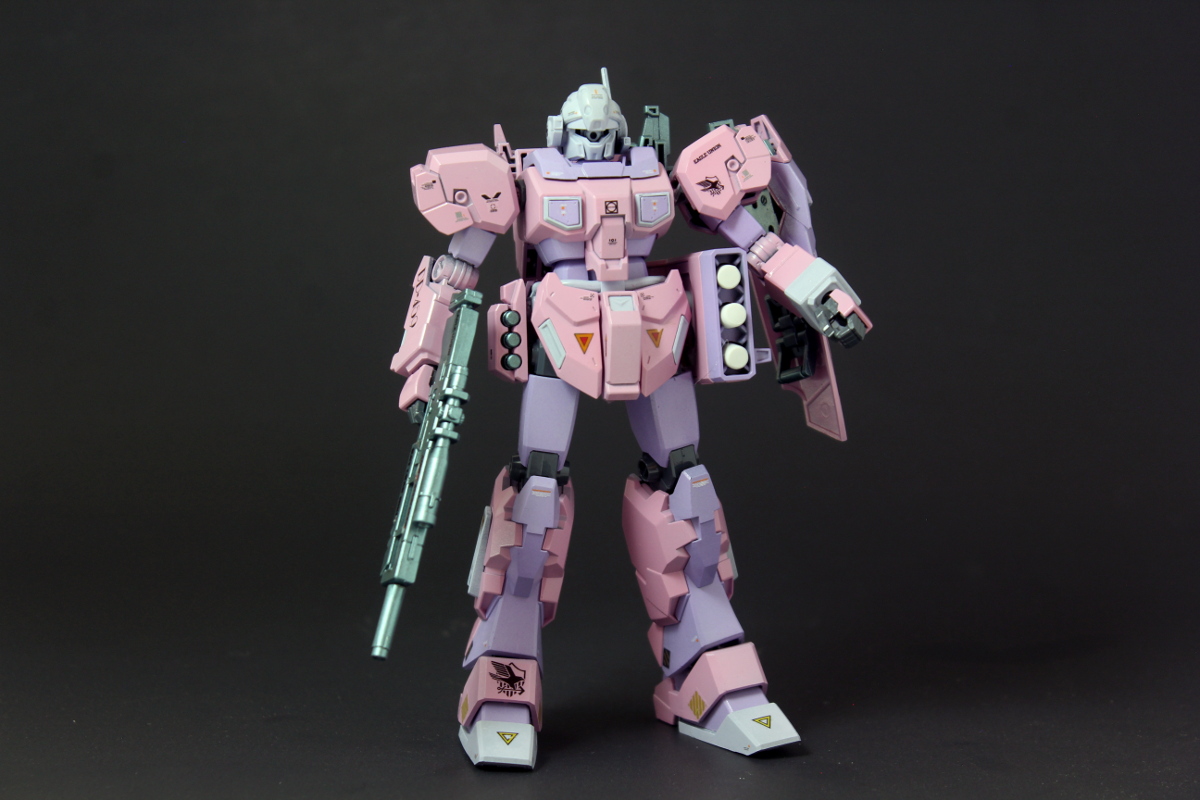
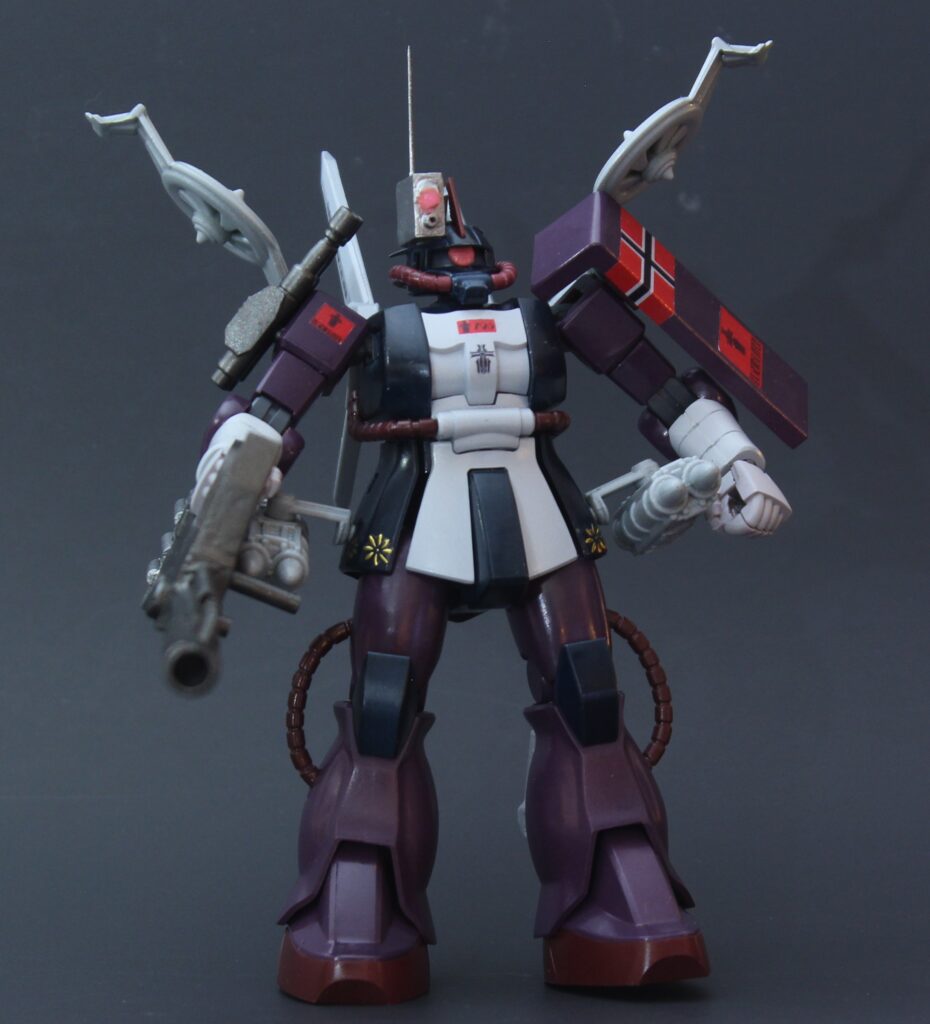
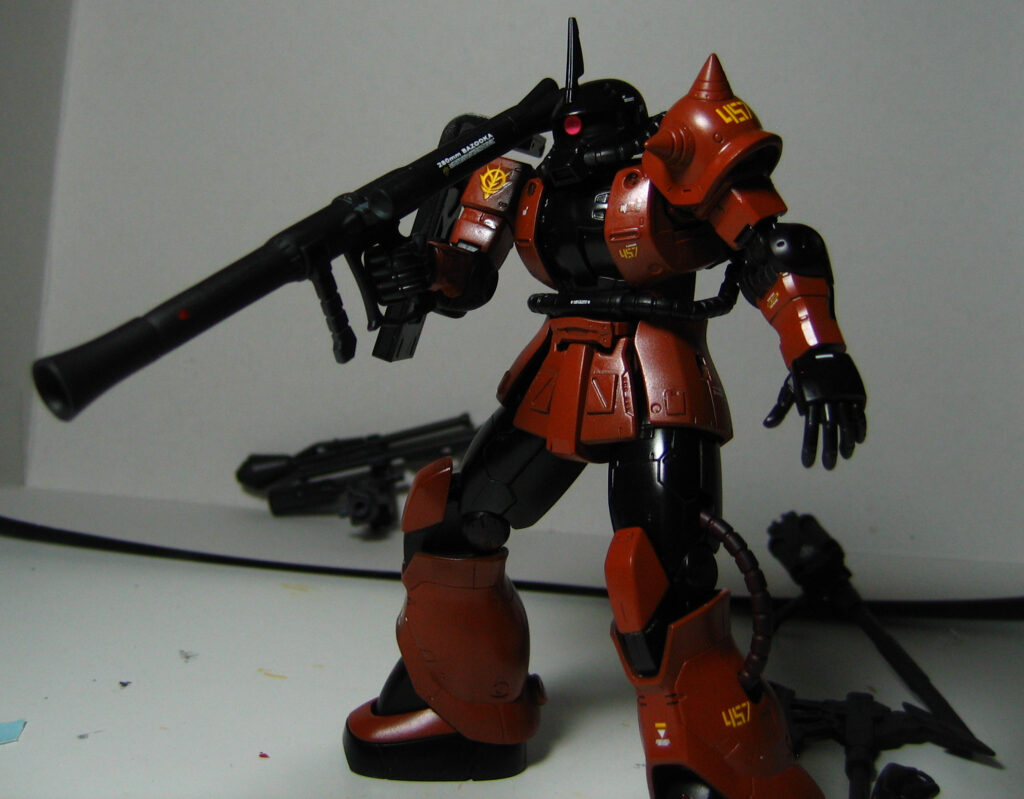
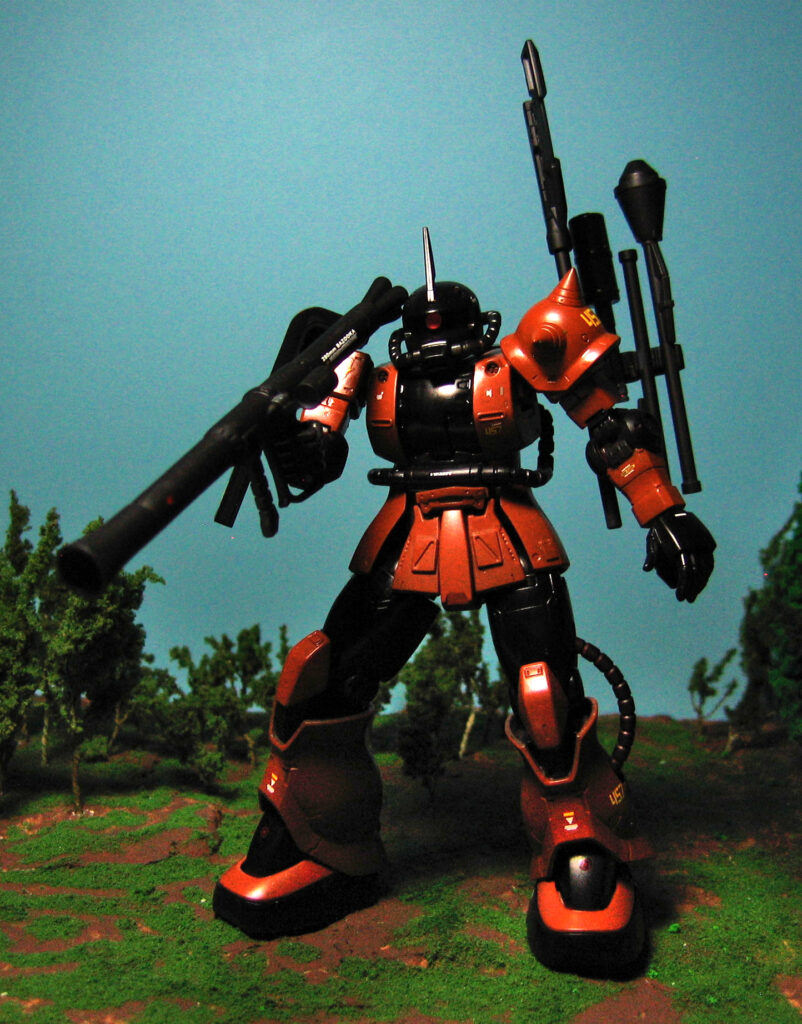
Leave a Reply